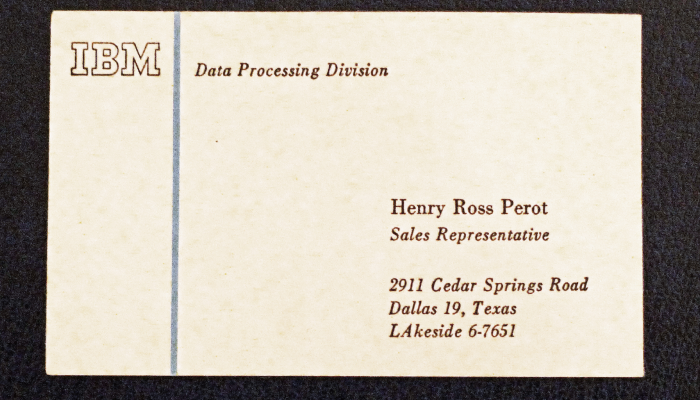
Image: Archives Center at the National Museum of American History
Tupperware is a ubiquitous American brand. You’ve probably got a drawer full of polyethylene plastic containers in your home, and may even be eating cold leftovers out of a Tupperware at your desk in between making calls and sending emails. Tupperware became a staple in our lives not just because of its innovative product design, but because of a sales strategy that ushered in a new wave of unlikely salespeople in the 1950s.
Tupperware was founded in 1946 by inventor Earl Tupper, who designed and patented the colorful plastic containers that preserved food with an air-tight “burping seal.” While Tupper was the visionary behind the product, it was a saleswoman named Brownie Wise who developed the go-to-market strategy that brought Tupperware containers to households across the country.
Wise was a sales rep for Stanley Home Products before joining Tupperware. At the time, Stanley was already doing the home-selling parties that Tupperware would later become famous for. In the late 1940’s, Wise started her own Tupperware-selling business, Patio Parties, where she used the Stanley home sale-through-presentation model and recruited other women, mostly housewives, to host parties and sell Tupperware products. Wise realized that housewives were not only the ideal customer for Tupperware products, but that they could be the best salespeople for the product, as they raved about the product and were already hosting small get-togethers with their neighbors. This realization would end up being the center of Tupperware’s sales strategy. Wise’s work didn’t go unnoticed. She caught the attention of Tupperware executives and was hired in 1951 as the Vice President of Marketing, an unprecedented move as there were virtually no women in executive positions in America at the time.
Wise would go on to take the Tupperware parties national, not only helping the brand grow, but also allowing housewives to bring in a sizable income through commissions. The parties involved outrageous games and product demonstrations that included party hosts throwing sealed Tupperware containers full of grape juice across their living rooms, showcasing confidence in the product and its patented seal. Tupperware grew rapidly, and by 1954 the company was doing over $25 million in sales (the equivalent to $290 million in 2024) and had over 20,000 sales reps. Wise would end up being the face of Tupperware and became the first woman to grace the cover of Business Week. She hosted pep rallies, annual retreats, and offered lavish gifts to top selling Tupperware reps.
In the late 1950’s, Tupper was looking to sell the company. He would often get into disputes with Wise about the company strategy. Wise was fired in 1958. She would later go on to start her own cosmetics company. Tupper ended up selling Tupperware the same year. The company changed hands over the next few decades, before Premark International, the brand’s owner in 1996, spun-off the Tupperware brand into its own company again in an IPO. Today the company does over $1 billion in revenue annually and has over 3 million contract salespeople.
Tupperware has undoubtedly left its mark on American history as both an innovative product and a company that popularized network selling strategies that are still being used today. A testament to American innovation and design, The Museum of American History boasts an extensive collection of over 100 unique pieces of Tupperware, which isn’t quite as large as my grandmother’s collection, but nonetheless impressive. The story of Tupperware proves that with the right product and the right training and support system, almost anyone can grow into a successful salesperson.







